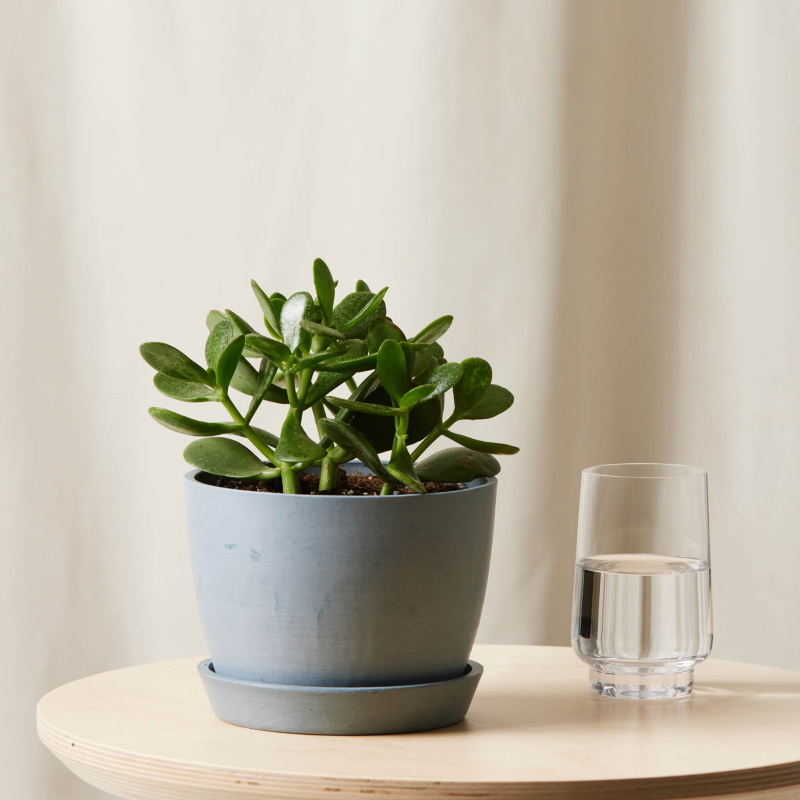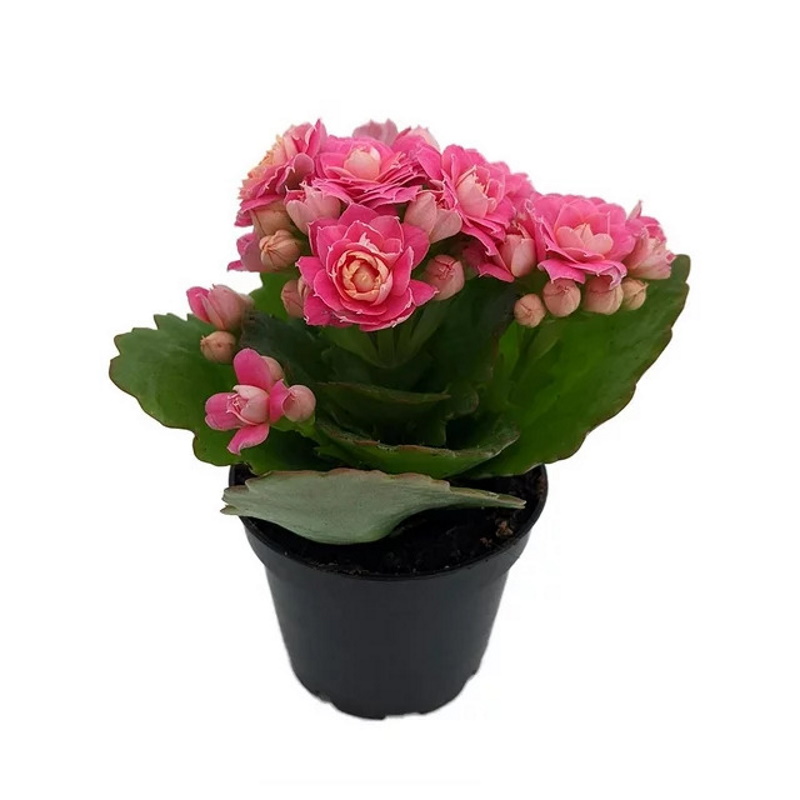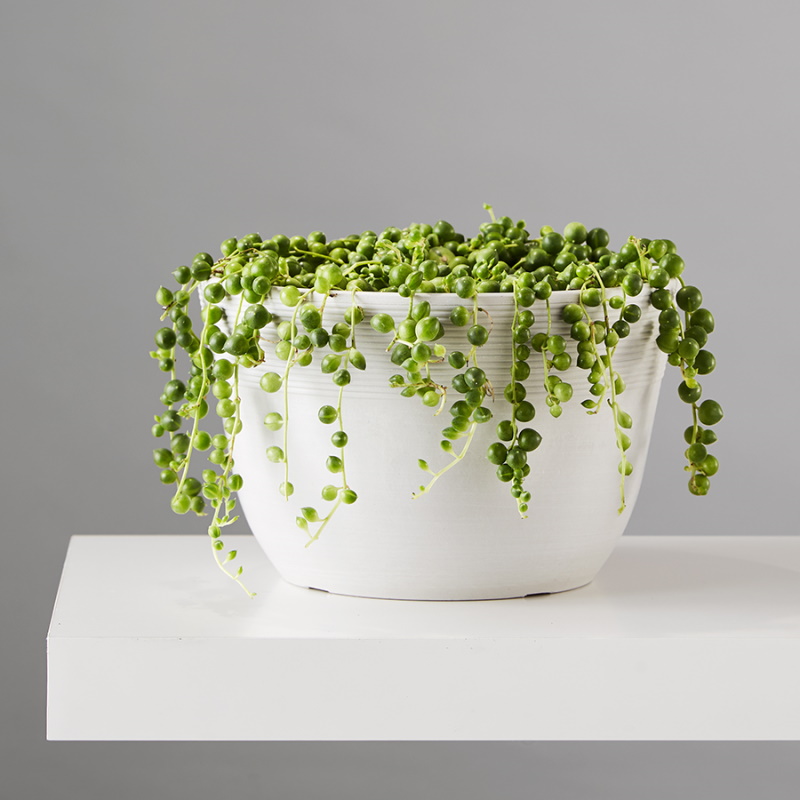Best fast-growing succulents – 5 varieties that will quickly double in size
These succulents will add quirky and unusual shapes to your interiors


Choosing from the best fast-growing indoor plants is a good way to quickly transform your home into an indoor jungle. And if you're a fan of indoor plants with quirky foliage, you might want to opt for the range of fast-growing succulents available.
Generally speaking, succulents are low-maintenance and easy to care for. With just some essential care, many succulents will double in size right before your eyes. Their unruly growth can add beautiful and unusual structure to your houseplant collection.
We've compiled an expert list of the best fast-growing succulents so that you can create an indoor garden brimming with plenty of unique foliage.

5 fast-growing succulents
Succulents are popular among houseplant owners for their unique appearance and interesting shapes. There are many fast-growing succulents that will quickly double in size with just some essential care, creating some unusual shapes as they become larger.
1. Jade necklace
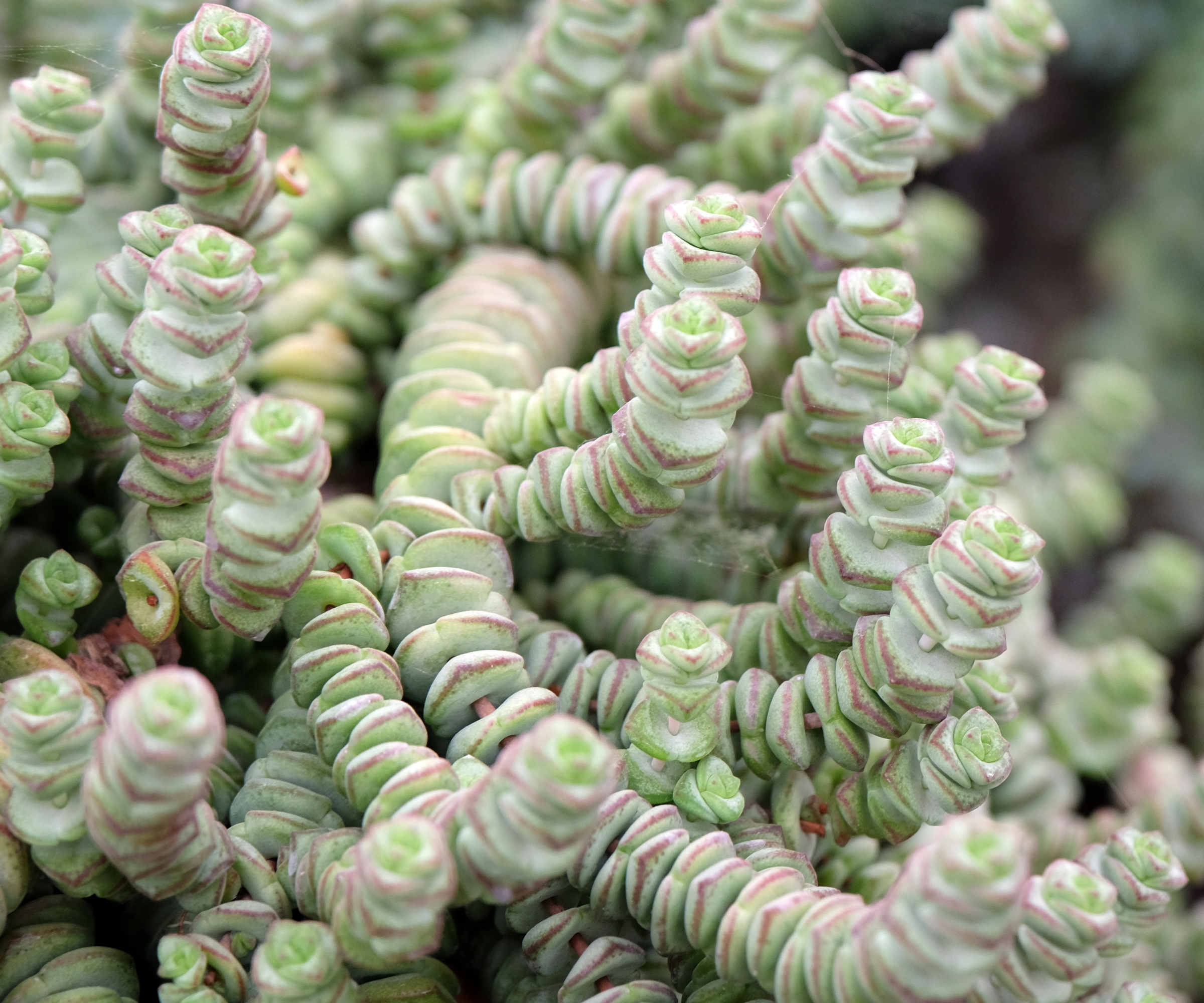
Part of the crassula family, jade necklaces, or Crassula 'Hottentot,' is a compact succulent that produces long strings of beaded foliage.
'The jade necklace succulent grows vigorously, cascading its small jade-green leaves elegantly over the side of its pot,' says Sally Allsop, founder of All That Grows.
'To care for your jade necklace, you should pot it in well-draining soil and allow the soil to dry out between watering to prevent root rot,' she adds.
Design expertise in your inbox – from inspiring decorating ideas and beautiful celebrity homes to practical gardening advice and shopping round-ups.
These plants don't require lots of attention to thrive. They'll grow longer and longer until you have sturdy, beaded shoots spilling over the pot.
It's also one of the easiest houseplants to grow from cuttings so you can propagate your jade necklace to share with friends or have more in your home.

Sally is an avid gardener and founder of the online gardening site All That Grows. She has many years of hands-on gardening experience and a thirst of knowledge about plants and their needs. Sally is passionate about sharing her love for gardening and sharing tips with other gardeners.
2. Kalanchoe
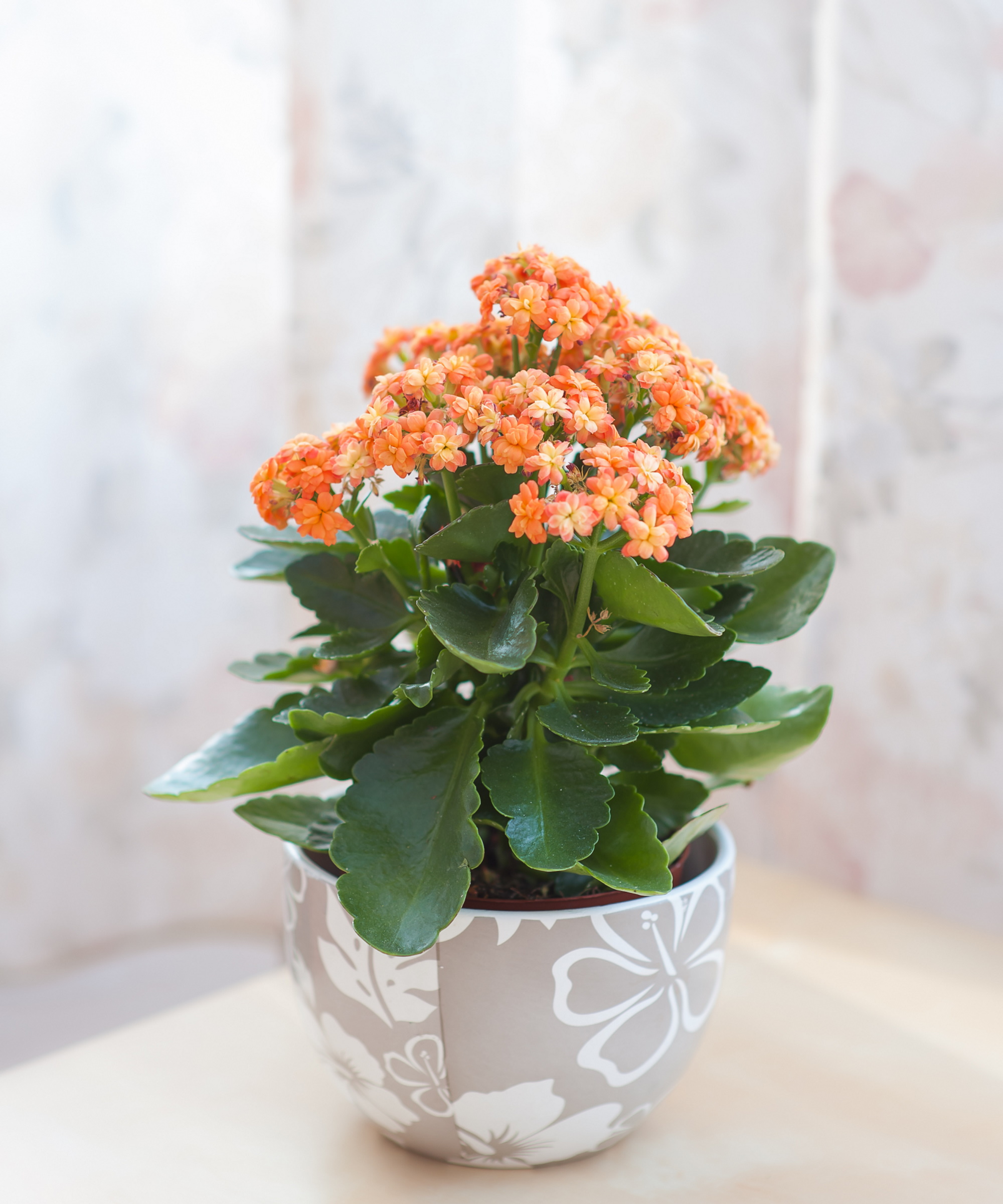
For an indoor flowering plant that will grow and bloom quickly, plant enthusiasts should consider a kalanchoe.
Kalanchoes are beautiful succulents that produce clusters of flowers in pink, orange and even have flowers that make them one of the best blue houseplants. There are also many types of kalanchoes with different shaped blooms, such as the bell flowers of mother of millions.
They are early bloomers and will brighten up your home from February through the entire spring season.
'You'll be impressed by the bright, beautiful flowers on this succulent,' says Sally. 'This is another succulent which you should avoid overwatering. It's also important to encourage good air circulation to promote healthy growth,' she adds.
3. Christmas cactus
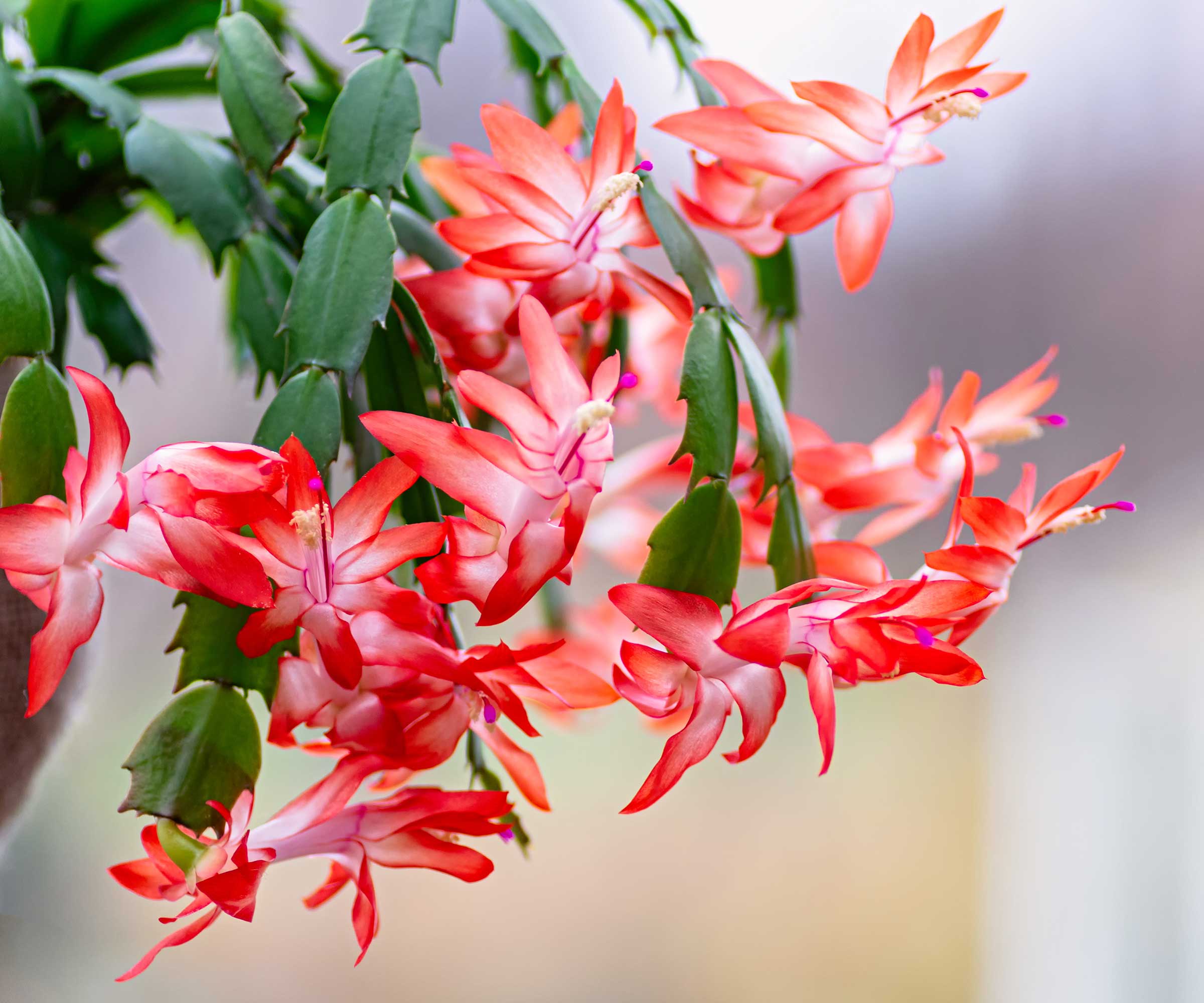
The Christmas cactus, or Schlumbergera, has remained a popular houseplant for a long time, loved for its tendrils and colorful blooms that trail over its container.
'It produces tubular flowers in shades of pink, red or white during the holiday season,' says says Alex Kantor, owner of Perfect Plants Nursery.
'To encourage growth and enhance blooming, place the Christmas cactus in bright, indirect light and provide consistent, moderate watering,' he adds.
While they do grow fast once they're in a happy position, these succulents can be a bit pickier when it comes to finding the ideal spot to grow. In order to make a Christmas cactus bloom, it's important to provide it with plenty of bright daylight and only water your Christmas cactus every few weeks because it retains water well.
'Cooler temperatures can also promote flower production,' Alex says.

Alex has worked in the horticultural industry for over 20 years and grew up on the farm since his childhood years. Alex is an expert on landscape trees, shrubs, and indoor plants. He is passionate about growing and helping others learn the trade.
4. Jade plant
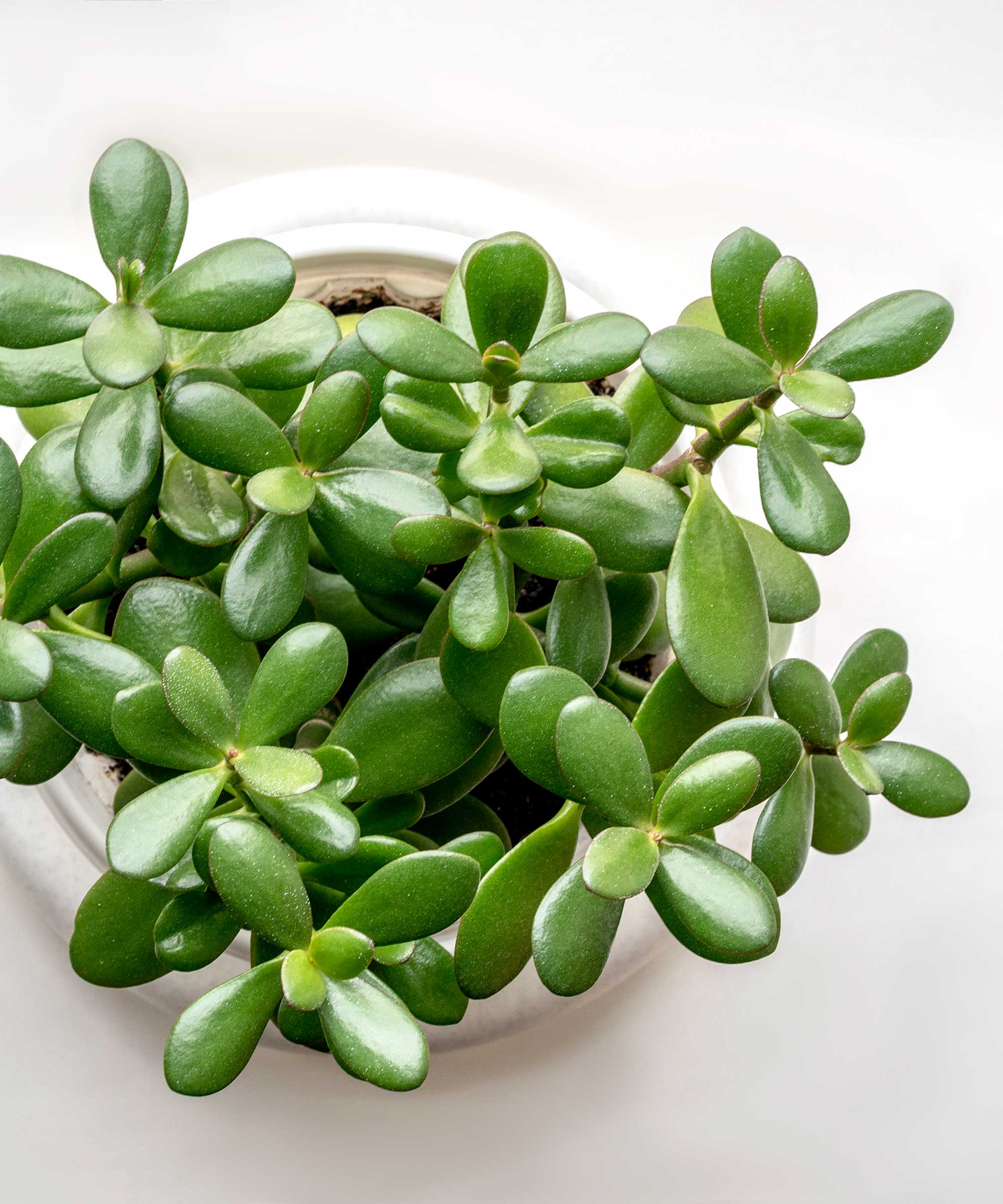
One of the most adaptable indoor plants is a jade plant. It's a cold-tolerant houseplant that also does will in direct sunlight and is easy to keep happy.
'Jade plant is a popular succulent with fleshy, oval-shaped leaves and a tree-like appearance as it matures. It is a relatively fast-growing succulent that can develop into a sturdy, compact shrub,' says Alex.
As it grows larger, jade plants may develop mini tree-like trunks which add charm to spots on windowsills. It's important to note that it's likely you will need to repot jade plants as its trunks become bigger, otherwise it could risk becoming pot-bound and cause the jade plant to drop leaves.
5. String of pearls
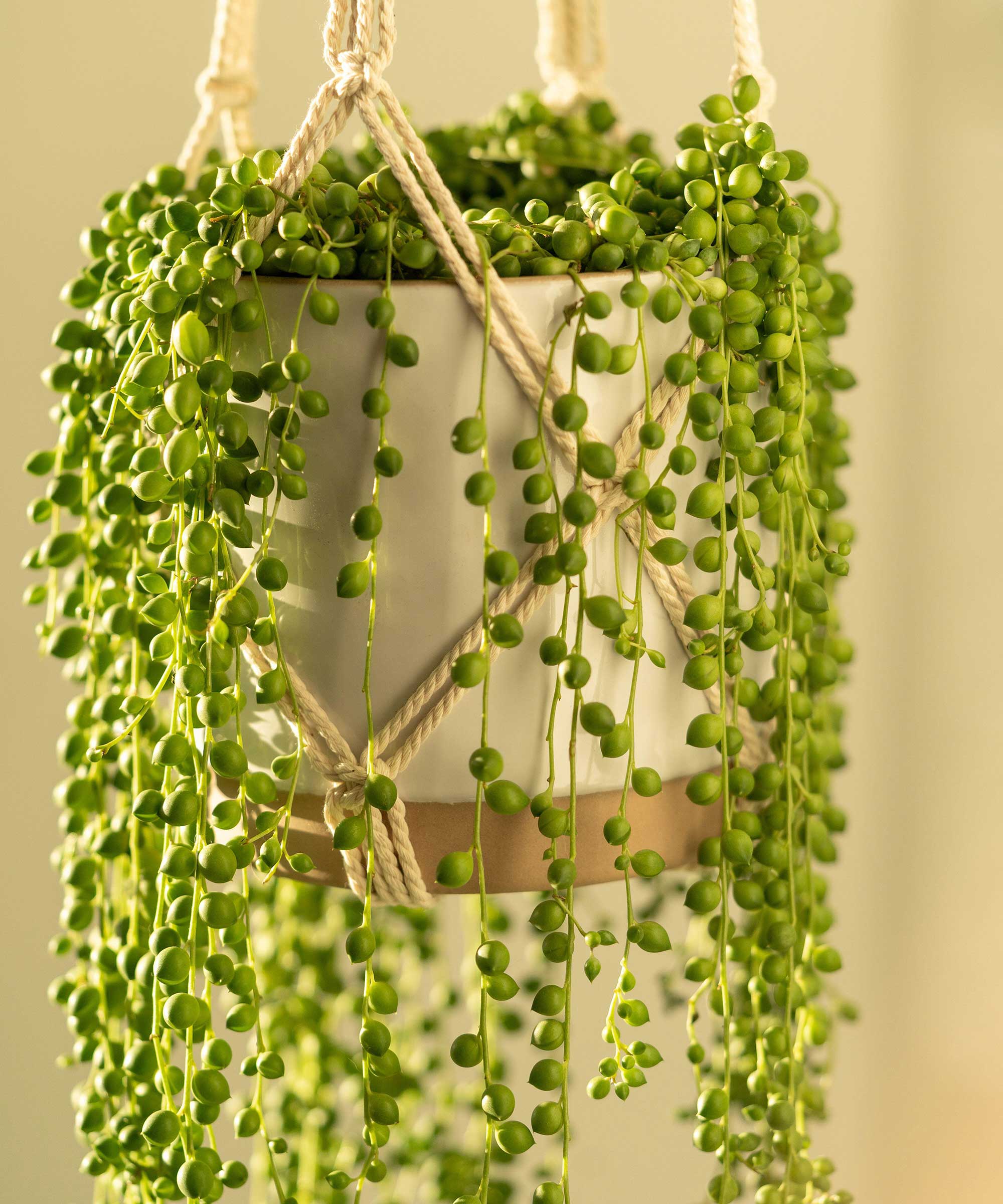
For lovers of indoor hanging plants, the string of pearls is a must-have. It's a beautiful cascading plant that produces long strings of gem-sized beads, with the possibility of growing around one meter long.
'If treated right, you may find that in the springtime, the plant may flower with small white, cinnamon-scented blooms,' says Sally. 'You should choose a spot which provides bright, indirect light to help promote healthy growth,' she adds.
If you find your fast-growing string of pearls has become too long, you can easily trim it with clean tools, like scissors. Use any healthy cuttings you take to propagate string of pearls for more plants.
'Keep away from children and pets as the plant is mildly toxic and the beads look inviting to eat,' warns Sally.
Discover fast-growing succulents online
FAQs
How do you prune succulents?
Pruning is an important task for indoor plant owners because it helps to keep houseplants healthy and encourages new growth. When it comes to pruning succulents, you need do research around the care requirements of your specific plant. Generally speaking, succulents shouldn't need pruning as often as other plants. However, if you notice leggy growth or discoloring foliage on your succulent, it can be a good idea to trim them away to keep you plant happy. Make sure you adjust the growing conditions of your succulent to prevent more foliage becoming unhealthy.
Why has my succulent stopped growing?
Despite many succulents being fast-growing, it is possible for growth to come to a halt if their growing conditions aren't right. Succulents tend to not need as much water as other houseplants, so overwatering is a common cause for succulents to stop growing. It can cause root rot, preventing further growth and discoloring foliage. Likewise, succulents need plenty of natural light and may not grow well if they aren't receiving enough hours of bright light. You may also find your succulent has become pot-bound and needs to be repotted into a larger home to grow again. It's best to assess the conditions of your plant and adjust accordingly to promote growth.
Succulents are fun additions to have in your houseplant collection. Many of them are fast-growing and will form beautifully unique shapes as they become larger. While they are generally low-maintenance, it is important to provide the best conditions for them to thrive. You may want to do some research around how to care for succulents in winter when things like colder temperatures may affect your plant.

Tenielle is a Gardens Content Editor at Homes & Gardens. She holds a qualification in MA Magazine Journalism and has over six years of journalistic experience. Before coming to Homes & Gardens, Tenielle was in the editorial department at the Royal Horticultural Society and worked on The Garden magazine. As our in-house houseplant expert, Tenielle writes on a range of solutions to houseplant problems, as well as other 'how to' guides, inspiring garden projects, and the latest gardening news. When she isn't writing, Tenielle can be found propagating her ever-growing collection of indoor plants, helping others overcome common houseplant pests and diseases, volunteering at a local gardening club, and attending gardening workshops, like a composting masterclass.
